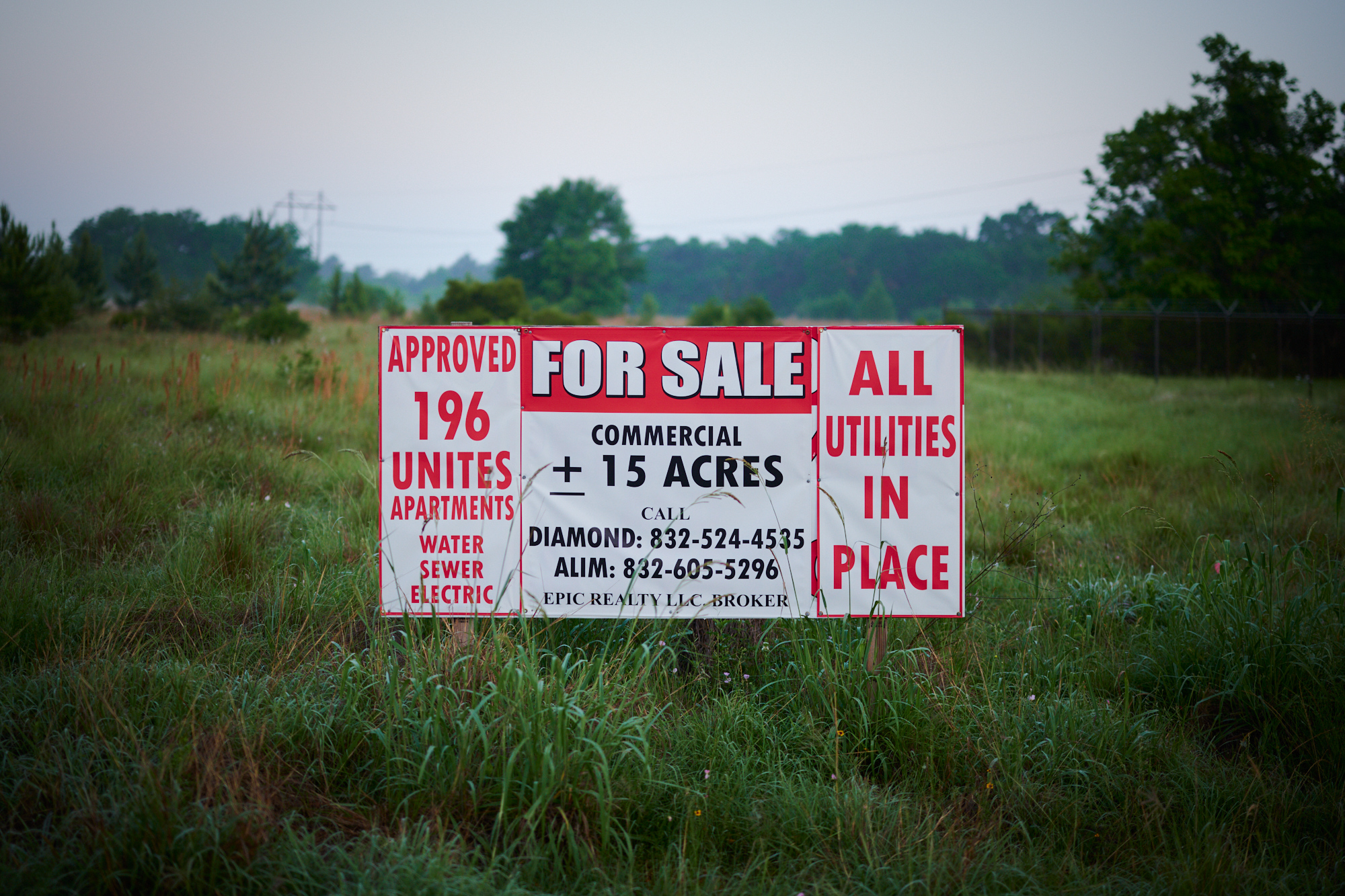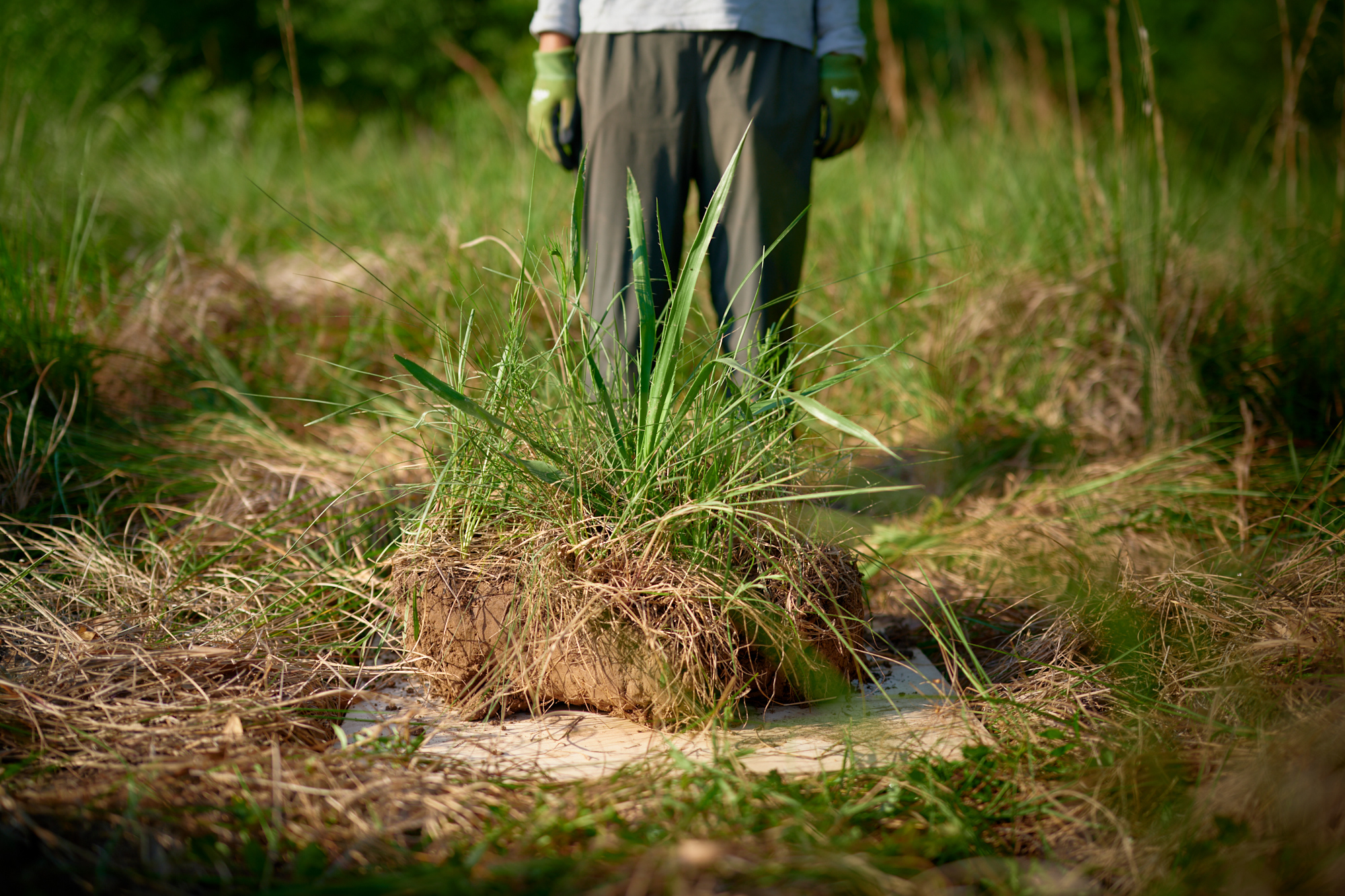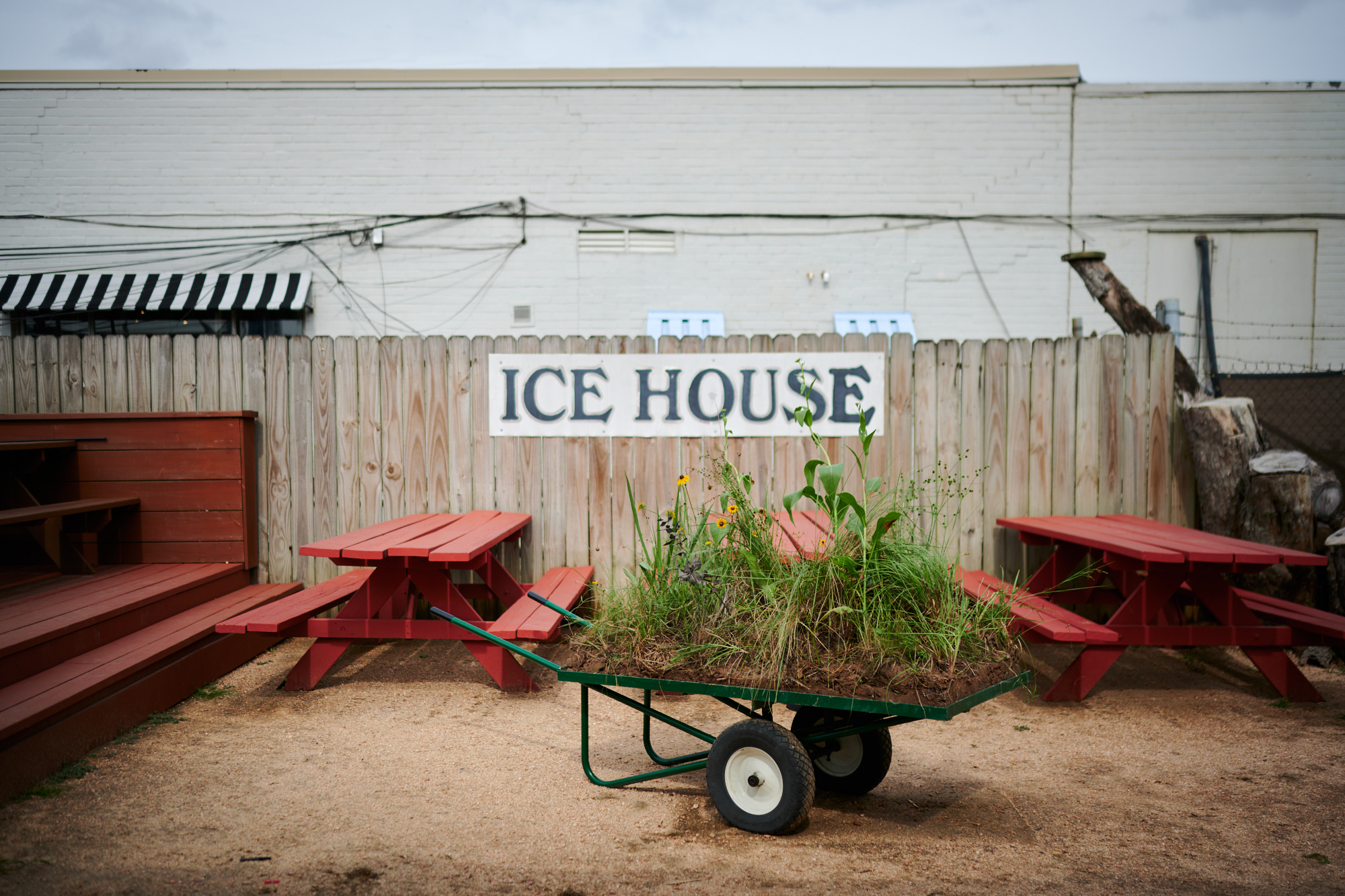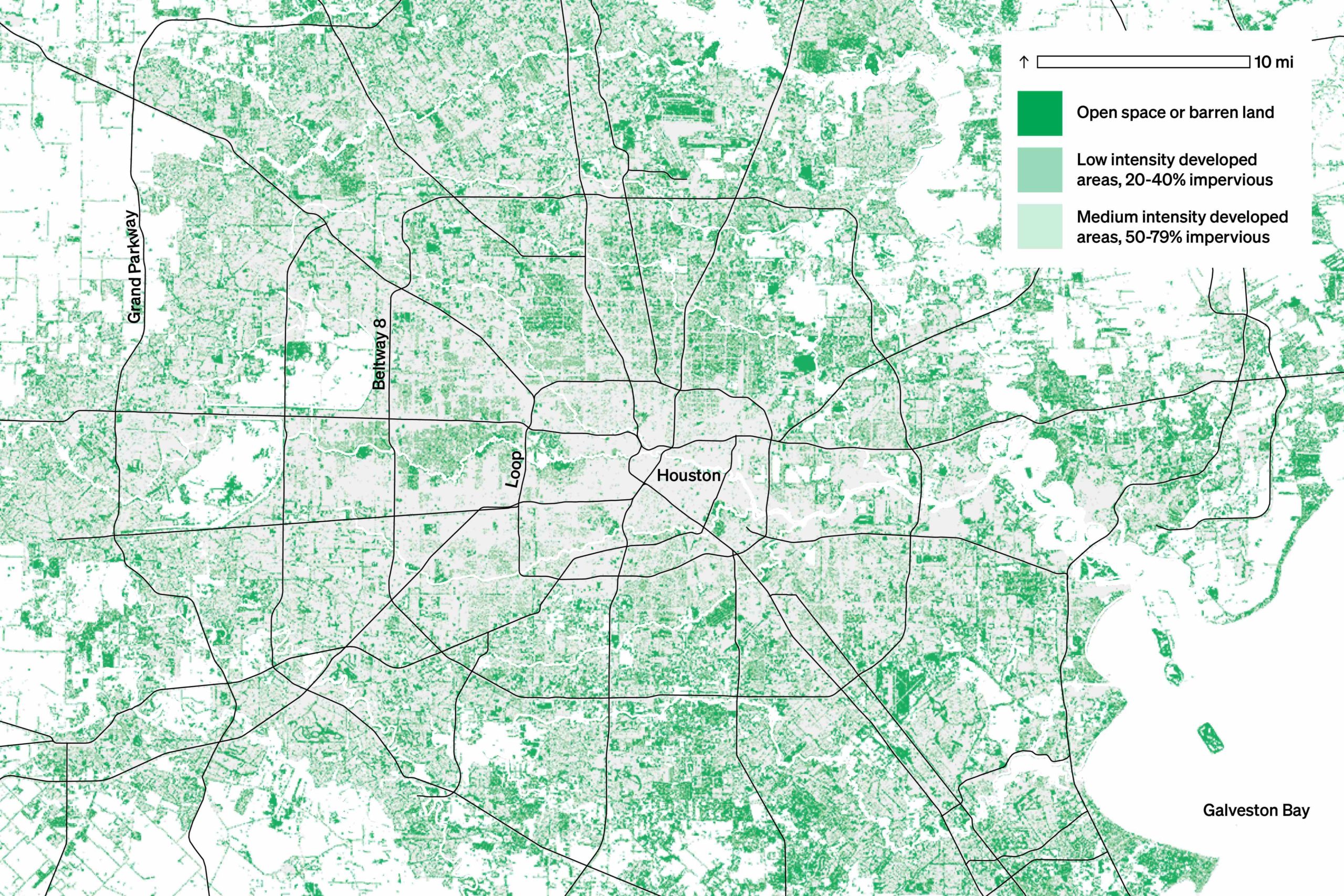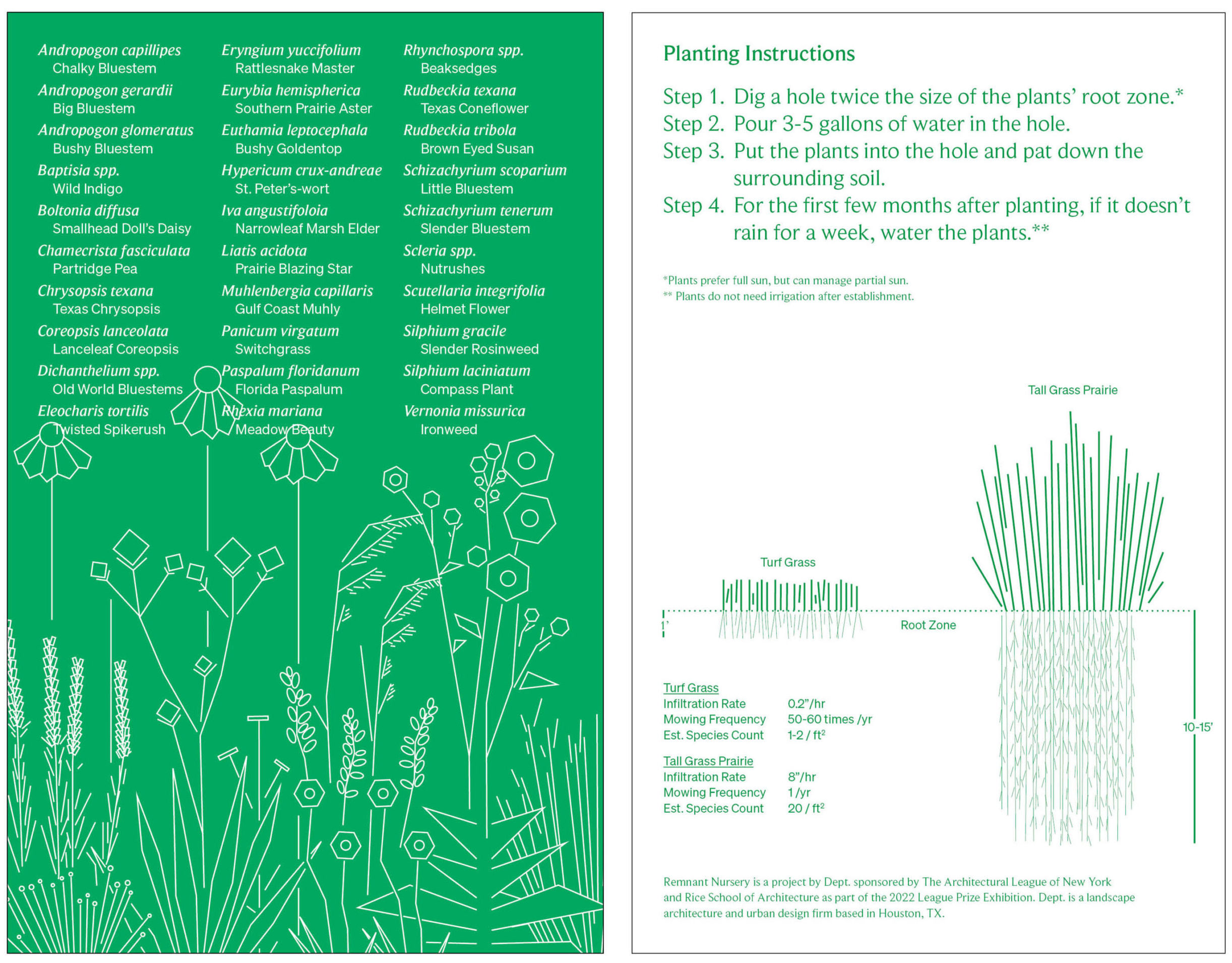Dept.: Remnant Nursery
One of six installations for the digital exhibition by winners of the 2022 League Prize.
As landscape architects and urban designers, we work with the ground in a literal sense, moving and making dirt. From the garden to the city, landscape mediates social and ecological relationships by fundamentally transforming the ground. While our work is sensitive to the conservation of fragile ecosystems, we also invite the challenge of working within disturbed sites and hybrid environments that foreground the messiness of urban ecologies.
In the Houston metropolitan area, rare vestiges of the region’s once-vast Gulf Coast prairie remain. Cared for by local stewards, these remnant landscapes host a diversity of endemic species uniquely adapted to Houston’s hyperlocal climate and soil conditions. However, many of these prairies have been destroyed to create strip malls, gas stations, supermarkets, and residential subdivisions. While protecting endemic landscapes is important, in the context of rapid urban expansion, alternatives to conservation and preservation are also necessary.
Remnant Nursery is a temporary nursery established to rescue plants from threatened Gulf Coast prairies and distribute them to Houston’s residents. The nursery invites community members to facilitate a process of plant migration. In the landscape industry, typical nurseries sell a limited palette of commercially viable individual plant species. In contrast, Remnant Nursery provides sample swatches of excavated plant communities, each containing a multitude of endemic plant species growing together.
In distributing these plant communities, the nursery aims to extend the life of the prairie within Houston’s urban landscape. When planted in backyard gardens, roadway medians, or other urban sites, these rescued plants build up soil health; increase groundwater infiltration; reduce maintenance and emissions affiliated with lawn equipment; and bolster biodiversity and habitats for urban ecosystems.
While rooted in the specific ecology of Houston, Remnant Nursery proposes a model of collectivity and exchange within the broader context of climate adaptation and urban transformation.
Project team: Isaac Stein, Maggie Tsang
Photography: Jake Eshelman
Supported by Rice School of Architecture; with thanks to Jane Reierson.
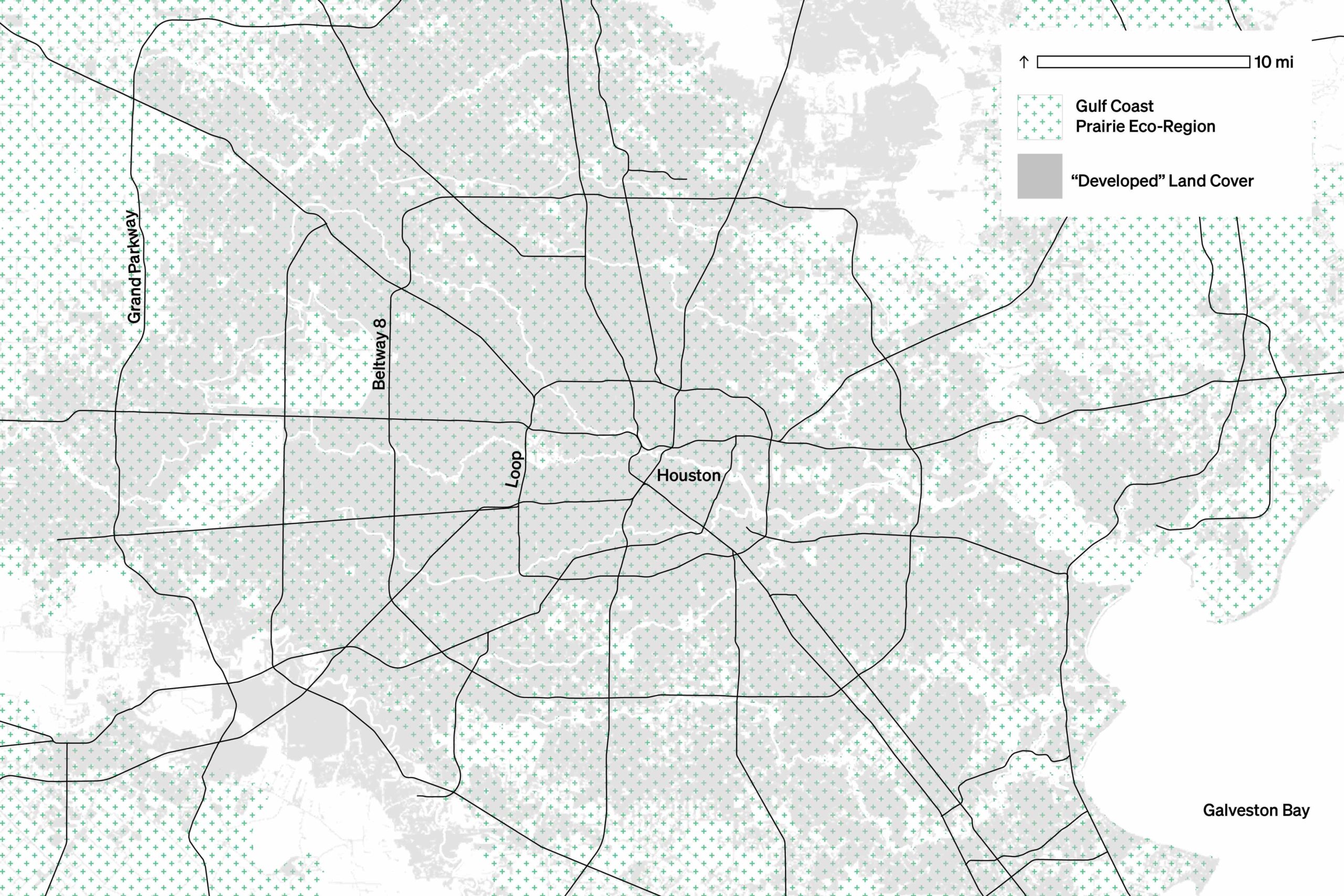
Houston’s expanding metropolitan region has enveloped most of the region’s endemic Gulf Coast Prairie. Only remnants of the original prairie survive. (Data: NLCD 2019, EPA, Houston Galveston Area Council)


